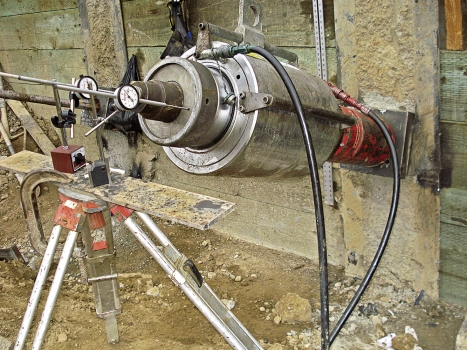New Stanford Hospital: Friction pendulum isolators as earthquake protection
Similar to Lucille Packard Children's Hospital, Stanford Hospital is part of Stanford University and is located directly next to the university campus in Palo Alto south of San Francisco. Within the scope of modernization of the complete Stanford University Medical Center, the buildings of Stanford Hospital, which were built in the 1950s, will also be replaced.
368 patient rooms, an emergency unit that will be nearly three times as large as the former emergency department as well as new operating and treatment rooms are being built on an area of approx. 76,552 m² (824,000 ft²). The new buildings will be connected to the existing hospital by a bridge and a tunnel.
Work on the new building complex started in April 2013 and is scheduled for completion in 2017. The 7-story building is designed to meet the strict seismic requirements of the state of California that all healthcare facilities have to meet by 2030.
A base isolation system consisting of 206 friction pendulum isolators
The foundation of the building includes a base isolation system consisting of 206 friction pendulum isolators that work like a pendulum in the event of an earthquake. Each of these pendulums sits below a column of the building so that the building can slide back and forth up to 1.8 m (6 ft).
A new retaining wall, tied back using permanent 15.2 m Grade 150 DYWIDAG THREADBAR®, had to be built for the foundation of the new Stanford Hospital. DSI USA produced and supplied 800 double corrosion protected DYWIDAG THREADBAR® Anchors in diameters of 32, 36 and 46 mm. In addition, DSI USA supplied the necessary stressing equipment and provided technical assistance for the stressing process at the beginning of the project. The retaining wall was successfully completed in 2013.
Structure Types
- About this
data sheet - Product-ID
7321 - Published on:
22/02/2016 - Last updated on:
17/11/2021




